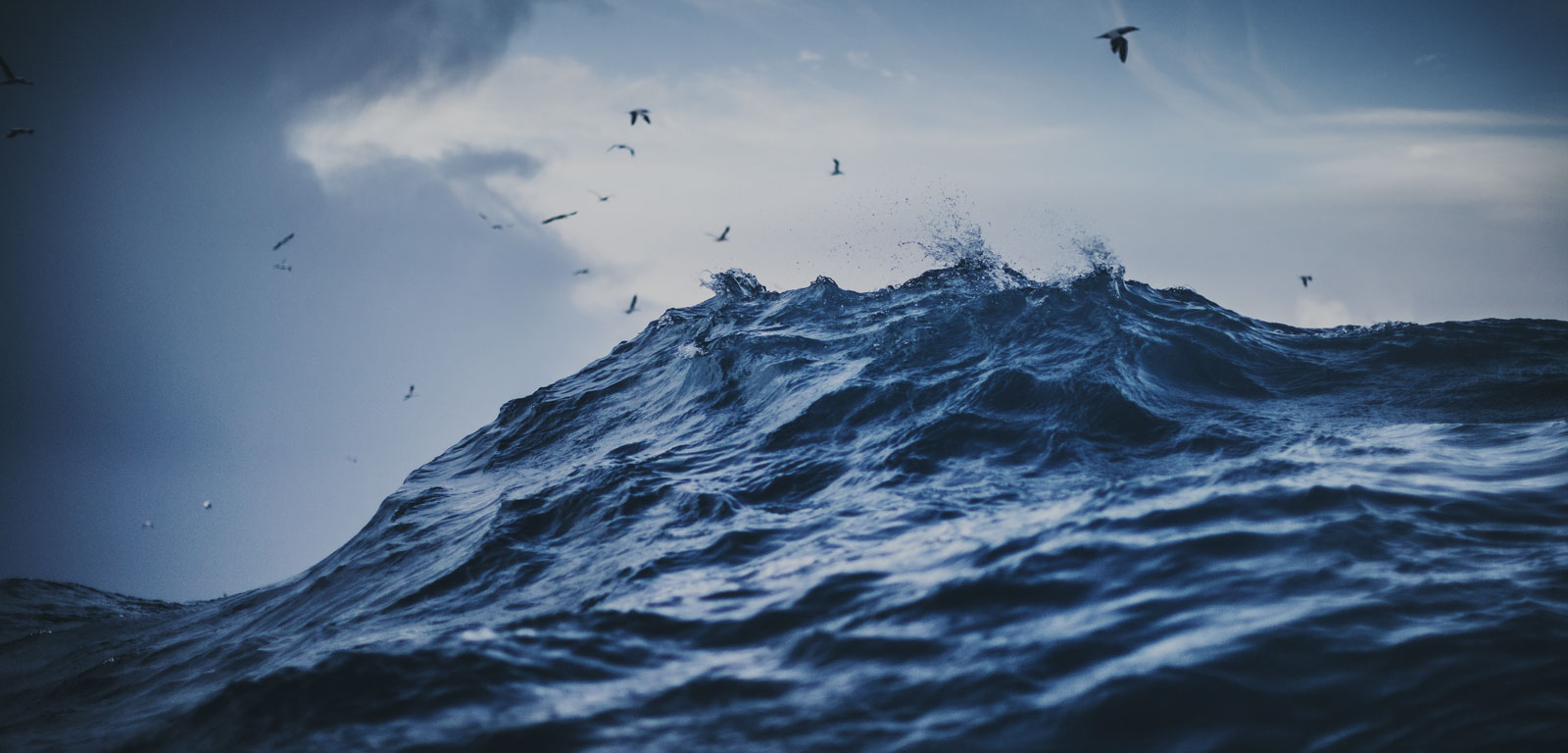Gaia
Mikrofosilak, Ingurumena eta Denbora
Gaiari buruzko datu orokorrak
- Modalitatea
- Ikasgelakoa
- Hizkuntza
- Ingelesa
Irakasgaiaren azalpena eta testuingurua
This module offers a general introduction to the various groups of microfossils. Alongside their morphology and taxonomy, you will learn how certain groups can be used for the solution of geological problems, or for hydrocarbon exploration.Gaitasunak
| Izena | Pisua |
|---|---|
| Assign a microfossil to its major taxonomic group (e.g. foram, ostracod, dinoflagellate, spore, pollen, etc.). | 25.0 % |
| Be aware of, and to recognise, the main morphological and compositional features which allow assignation of an individual fossil to each group. | 20.0 % |
| Draw basic stratigraphic conclusions about microfossil assemblages (e.g. age of rock unit, correlations, etc.). | 15.0 % |
| Deduce palaeoecological and/or palaeoceanographic interpretations from different assemblages of microfossils. | 15.0 % |
| Understand the applicability of particular microfossil groups to particular lithologies and particular geological time periods. | 15.0 % |
| Determine which microfossil groups are most applicable to the solution of a variety of particular geological problems. | 10.0 % |
Irakaskuntza motak
| Mota | Ikasgelako orduak | Ikasgelaz kanpoko orduak | Orduak guztira |
|---|---|---|---|
| Magistrala | 35 | 70 | 105 |
| Mintegia | 15 | 30 | 45 |
| Laborategiko p. | 25 | 12.5 | 37.5 |
Irakaskuntza motak
| Izena | Orduak | Ikasgelako orduen ehunekoa |
|---|---|---|
| Azalpenezko eskolak | 105.0 | 33 % |
| Informazio-azalpena | 45.0 | 55 % |
| Oinarrizko trebetasun instrumentalak eskuratzea | 37.5 | 40 % |
Ebaluazio-sistemak
| Izena | Gutxieneko ponderazioa | Gehieneko ponderazioa |
|---|---|---|
| Idatzizko azterketa | 40.0 % | 40.0 % |
| Lan praktikoak | 20.0 % | 20.0 % |
| OTROS | 40.0 % | 40.0 % |
Irakasgaia ikastean lortuko diren emaitzak
Al final de la unidad el estudiante debería ser capaz de:- Utilizar microscopios de luz estereoscópica binocular, transmitida y reflejada; uso de microscopio electrónico de barrido; y redacción de informes (habilidades genéricas).
- Adquirir experiencia práctica en la identificación de microfósiles a nivel de especie; recopilación, utilización e interpretación de información bioestratigráfica y paleoambiental; una apreciación de cómo preparar y montar muestras micropaleontológicas para observación, y las precauciones de seguridad necesarias para observar durante tales preparaciones; haber desarrollado un conocimiento previo de las fuentes de la literatura micropaleontológica (habilidades específicas de la materia).
Irakasgai-zerrenda
Syllabus
Lectures will introduce the various microfossil groups and detail their utility as important indicators of past environments by examining the ecology of living microplankton taxa and extrapolating this to the fossil record (palaeoecology, palaeoceanography). The applicability of different microfossil groups in providing both relative timescales (through zonal schemes) and biostratigraphic correlation will be detailed, as will the role of certain microfossils in understanding evolutionary processes (particularly in groups such as land plants). Microplankton as agents of global environmental change will also be investigated, especially with regard to fluxes of CaCO3 and C and hence to CO2 in the atmosphere. The microfossil groups which will be studied in the above context are those which form mineralised skeletons (calcareous, siliceous, phosphatic) and the organic-walled microfossils (known as palynomorphs).
Ezin izan da edukia sortu, beranduago saiatu. Arazoak aurrera jarraitzen badu, jarri harremanetan CAUrekin (Tlf: 946014400 / Email: cau@ehu.eus / Web: https://lagun.ehu.eus).


